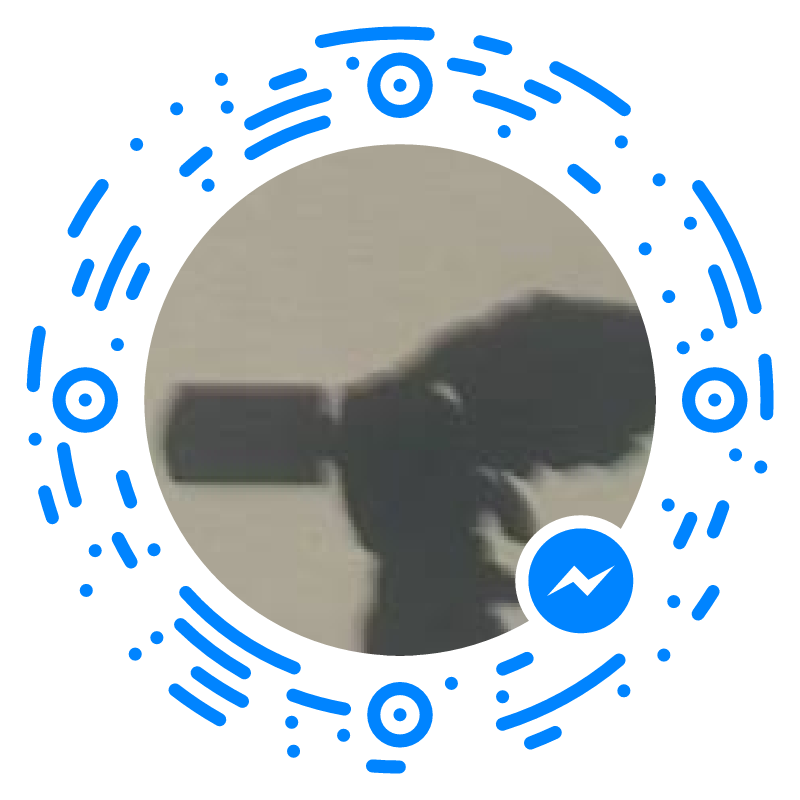| Home | Simulator | |
| Report | Press | About |
Please enter the science data about your #shadowbands video on this form. Press the "submit" button when done.
Send feedback to our Shadowbands Observers facebook page.

A knomon is a pinhole gnomon.
A gnomon casts a shadow, and is the central post on a sundial. A gnomon has limited precision because its shadow fades quickly with distance. A gnomon casts an umbra, just like the moon casts an umbra during a solar eclipse.
A knomon casts a cone of light. The cone of light can be cast much further into a large dark room to make a very precise sundial. Put a piece of white paper in the cone of light to safely observe partial eclipses and even sunspots! A knomon is useful for finding local noon and true North.